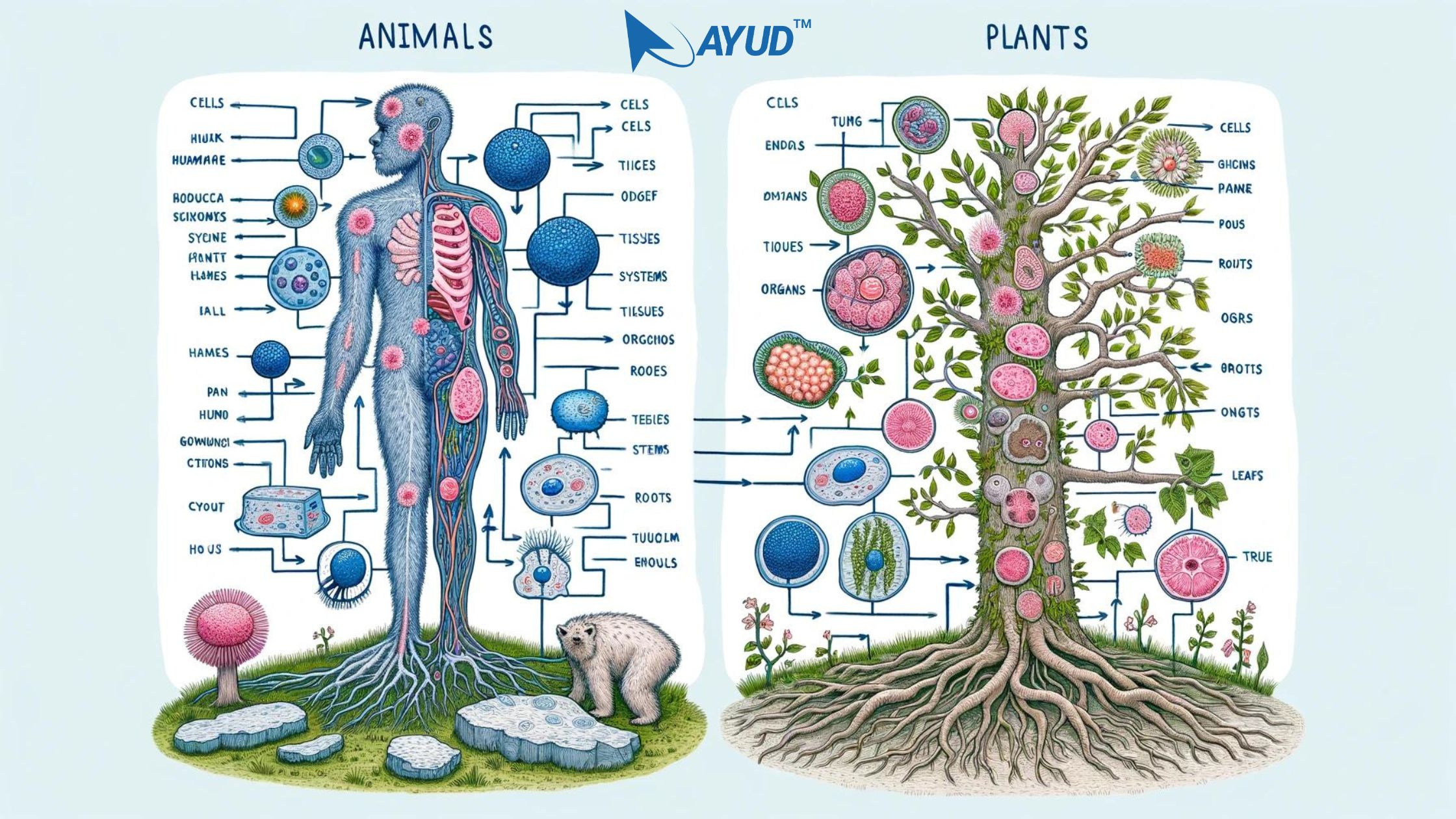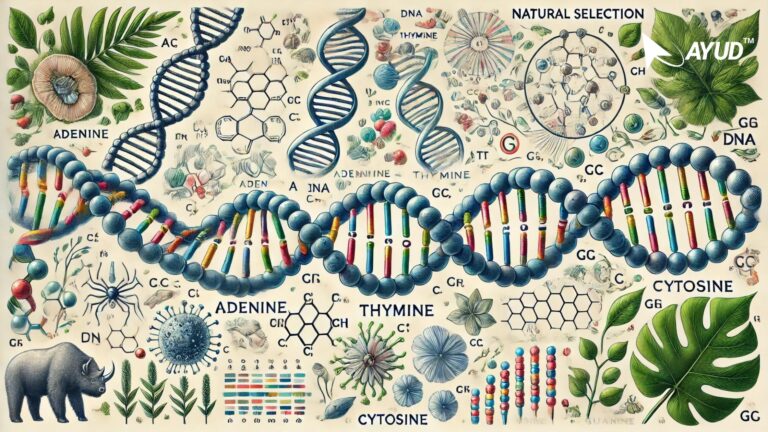Understanding Structural Organization in Animals and Plants
Understanding Structural Organization in Animals and Plants
The structural organization in animals and plants is a fascinating topic that helps us understand how living organisms function and thrive. This blog will explore the basics of this organization, making it simple for both technical and non-technical readers, including students, to grasp the concepts easily.
What is Structural Organization?
Structural organization refers to how various parts of an organism are arranged and function together. In both animals and plants, this organization follows a hierarchical structure, from the smallest cells to complex systems.
Levels of Organization
Let’s break down the levels of organization in both animals and plants:
Cells: The basic unit of life. All living organisms start with cells.
Tissues: Groups of similar cells working together.
Organs: Different tissues coming together to perform specific functions.
Systems: Organs that work together to perform complex tasks.
Organisms: The complete living being, made up of multiple systems.
Structural Organization in Animals
Cellular Level
Animals start from a single cell, the zygote, which divides and differentiates into various cell types. Animal cells lack cell walls, allowing them to form diverse shapes and functions.
Tissue Level
Animals have four main types of tissues:
Epithelial Tissue: Covers and protects body surfaces and internal organs.
Connective Tissue: Supports and binds other tissues. Examples include bone and blood.
Muscle Tissue: Facilitates movement.
Nervous Tissue: Transmits signals and coordinates bodily functions.
Organ and System Levels
Organs in animals include the heart, lungs, and liver. These organs form systems like the circulatory, respiratory, and digestive systems. For instance, the heart pumps blood through the circulatory system, delivering oxygen and nutrients to cells.
Structural Organization in Plants
Cellular Level
Plant cells have a rigid cell wall made of cellulose. This cell wall gives them structure and support.
Tissue Level
Plants have three main types of tissues:
Dermal Tissue: The outer protective layer.
Vascular Tissue: Transports water, nutrients, and food. It includes xylem and phloem.
Ground Tissue: Performs photosynthesis, stores nutrients, and provides support.
Organ and System Levels
Plant organs include roots, stems, and leaves. Each organ has a specific role. Roots absorb water and minerals, stems support the plant and transport nutrients, and leaves carry out photosynthesis. These organs form systems like the root system and shoot system.
Transitioning Between Levels
Understanding how these levels transition is crucial. For example, in animals, cells form muscle tissues, which then create the heart, an organ that is part of the circulatory system. In plants, cells form vascular tissues, which create leaves, an organ part of the shoot system.
Real-Time Example: How Structural Organization Helps
Imagine a gardener planting a seed. The seed grows into a plant because of its well-organized structure. The roots absorb water, stems transport it, and leaves produce food through photosynthesis. This organized structure allows the plant to thrive.
Why Understanding Structural Organization Matters
Knowing how animals and plants are structured helps us appreciate the complexity of life. For students and professionals, this knowledge is crucial in fields like biology, medicine, and agriculture. It helps in diagnosing diseases, improving crops, and understanding ecosystems.
Adopting the Knowledge in Daily Life
You can see examples of structural organization in everyday life. When you eat, your digestive system processes the food, illustrating how organs and systems work together. In gardening, understanding plant structure helps you care for plants better.
Key Takeaways
Basics: Structural organization starts from cells and progresses to tissues, organs, systems, and the whole organism.
Animal Structure: Includes epithelial, connective, muscle, and nervous tissues forming various organs and systems.
Plant Structure: Involves dermal, vascular, and ground tissues forming roots, stems, and leaves.
Real-Life Application: Understanding this helps in healthcare, agriculture, and daily life.
Conclusion
The structural organization in animals and plants shows the remarkable complexity and efficiency of living organisms. By understanding these structures, we can better appreciate and interact with the world around us. Whether you’re a student, a professional, or just curious, this knowledge enriches your perspective on life.
Real-Time Story Example
Consider a healthcare worker who understands the structural organization of the human body. When treating a patient with a heart condition, they know how the heart (an organ) interacts with the circulatory system. This knowledge helps them provide better care and make informed decisions, impacting the patient’s life positively.
Impact on Life
Understanding structural organization can lead to better health, improved agricultural practices, and a deeper appreciation of nature. It can inspire students to pursue careers in science, contributing to advancements in medicine and technology.
#BiologyBasics #PlantStructure #AnimalAnatomy #OrganizationalHierarchy #UnderstandingLife #CellToOrganism #LifeSciences #EducationalBiology #PlantBiology #AnimalBiology #ayud #ayudjobs #askayud #MultiLanguageSupport #ResumeBuilder #gotestit #ayudian #ayudblog
Self Evaluation:
GoTestIt – NEET Biology / Structural Organization in Animals and Plants
My Goal Tracker – Stage 0 Level 0
https://ayud.page.link/YDKHNeuwm3x4DtpG9
How to Use Ayud Jobs: A Comprehensive Guide
Join our what’s app channel for timely updates
Click here to install Ayud Jobs App from Playstore
Mastering Knowledge with GoTestIt: The Ultimate Self Evaluation Tool







